Dramatize your interiors, without compromising on safety. Merino presents Halogen Free FR+ Fire Retardant Laminates that are safe, harmless, and sturdy; and come in exquisite designs and colours. Manufactured by treating papers with specially developed fire retardant chemicals. FR+ Fire Retardant Laminates are resistant to flame. The fire retardant chemical used is halogen free hence it significantly reduces the risk of toxic smoke.
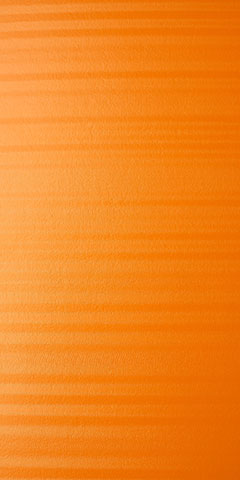


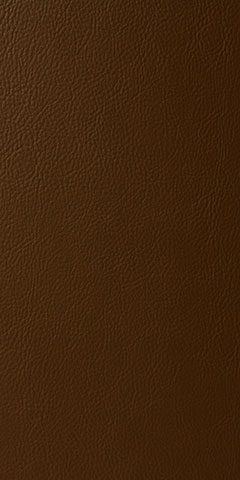

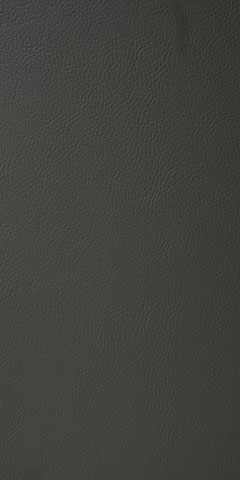


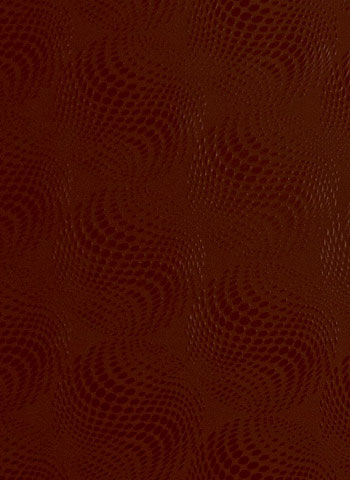

| SIZE | |||||
|---|---|---|---|---|---|
| FINISH | 4’x8’ (1220mm X 2440mm) | 4.25’x8’ (1300mm X 2440mm) | 4’x10’ (1220mm X 3050mm) | 5’x12’ (1550mm X 3660mm) | 6’x14’ (1830mm X 4300mm) |
| Matt | • | • | • | ||
| Suede | • | • | • | • | • |
| Hi Gloss | • | • | • | ||
| Cement | • | ||||
| Fabric | • | ||||
| Linen | • | ||||
| Pearl | • | ||||
| Soft | • | ||||
| Sprinkle | • | ||||
| Streak | • | ||||
| Veneer | • | ||||
| Wave | • | ||||
**Hi Gloss, Matt & Suede are also available in 49”x97” (1245mmx2464mm) & 49”x121” (1245mmx3075mm)
0.8 mm, 1mm and above
As per Merino Lam Catalogue
Merino FR+ Fire Retardant Laminate must be bonded with Particle Board / MDF / Plywood with appropriate fire rating. Fire Rated glue is also recommended.
High Pressure Laminates should be properly conditioned to the ambient conditions of the surroundings before they are used. For eg., High Pressure Decorative Laminates and the substrate need at least 48 hours to get acclimatised. Provision should be made for the circulation of air around the components.
Recommended conditioning temperature is about 24°C. Laminates should be conditioned at 45% to 55% relative humidity.
Sawing: To avoid chipping, it is important that the saw blade teeth cut into the decorative face.
Always provide support to the material near the point of blade contact to avoid vibration that causes chipping. Blades with trapezoid tooth configuration and both tungsten carbide and diamond tip blades have proved to be excellent tools for sawing high pressure decorative laminates.
Routing may be done with electric or air powered carbide tip routers. Router speed should be maintained at 16000 to 22000 rpm. It is important to use a router having adequate horsepower to maintain cutting speeds (based on the type and amount of material to be cut). For special edge trimming, very high speed routers are available which produce smooth-edge chip-free work. Sharpness of the router cutters should be maintained.
Belt sanders may be used to flush the self-edge before the laminate top is applied. However, care should be taken to direct the sanding operation away from or parallel to the decorative surface.
The protective film where applied should be removed as soon as the application is complete. If the film is left in place after fabrication, exposure to strong lights for a period may cause a pale residue and make it difficult to remove the protective film.
Sheets should be stored horizontally with the top sheet turned face down and a thick hard board placed on top to protect the material from possible damage and reduce the chances of getting warped. Stored laminate stock should be rotated such that older sheets will be used first. Laminate sheets should be protected from moisture, and should never be stored where they may come in contact with the floor or outside wall. Always carry the sheets vertically. Never slide the sheet but, lift it while moving it from one place to another. We recommend that ideally two people should carry a full size sheet as carelessness can damage the decorative surface.
Merino Laminates are resistant to stains belonging to Group 1 and 2 but may take stains of reagents of Group 3 and 4.Group 3 and 4 reagents should not be allowed to spill on the surface, and in case of spillage should be immediately wiped off.
Prolonged exposure of the laminate surface to bleach will cause discoloration. Acid based cleaners will permanently damage the laminates. Never allow these cleaners, or bottles, rags or other items contaminated with these cleaners, to come in contact with the laminates. Wipe such areas immediately and rinse thoroughly with water.
| Test | Test method as per Standard | Classification | Standard result | Merino observed value |
|---|---|---|---|---|
| Flame spread Index | ASTM : E-84 | Class – 1 | Class A < 25 | 15 |
| Smoke developed Index | ASTM : E-84 | Class – 1 | Class A < 450 | 40 |
The Test was conducted in accordance with ASTM International Fire Test response standard referred to as Steinter Tunnel Test. ASTM E – 84 is equivalent of NFPA No 255, and UL No – 723.
NOTE: All other properties as per EN – 438 Standard